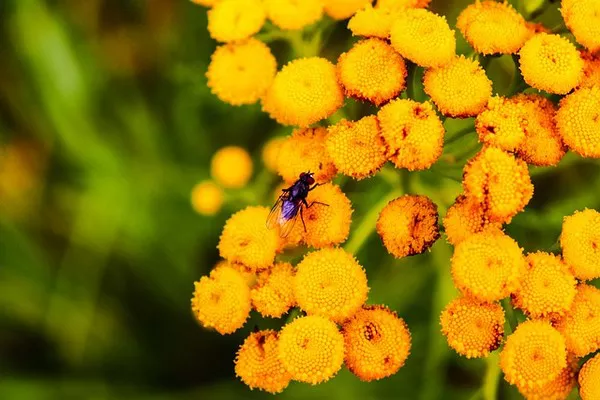Throughout the ages, cultures around the world have woven intricate traditions and rituals into the fabric of daily life. One such charming practice involves blowing on delicate flowers while making a wish, a ritual that transcends borders and generations. This age-old custom holds a special place in the hearts of many, connecting people to nature, fostering a sense of wonder, and serving as a whimsical reminder of the power of hope and dreams. In this article, we explore the significance of this enchanting tradition, the flowers commonly associated with it, and the universal allure that makes it a timeless pastime.
The Art of Wishing:
The act of blowing on flowers and making a wish is deeply rooted in the human desire for hope and positive outcomes. The simple yet profound gesture of releasing one’s breath onto a delicate bloom symbolizes the transfer of one’s hopes and aspirations to the universe. Whether done in solitude or as a communal activity, the act of making a wish on a flower fosters a sense of connection with nature and invokes a belief in the mystical forces that govern our lives.
Common Flowers Associated with Wishing:
1. Dandelion:
The dandelion, with its fluffy white seed head, is perhaps the most iconic flower associated with making wishes. Children and adults alike have spent countless moments blowing on dandelion clocks, watching as the seeds are carried away by the wind. Each seed is believed to carry a wish, dispersing it into the world to be fulfilled.
2. Milkweed:
Milkweed pods, adorned with silky fibers that house seeds, are another popular choice for wish-making. As the wind catches the tiny parachutes, they dance through the air, carrying with them the whispered desires of those who released them. The delicate nature of the milkweed adds a touch of magic to the act of making a wish.
3. Thistle:
Thistles, with their spiky purple blooms, are not only symbols of resilience but also carry a sense of enchantment. Blowing on a thistle is said to carry one’s wishes on the breeze, opening the door for dreams to take flight. The juxtaposition of the thistle’s toughness and the fragility of the seeds adds a layer of symbolism to the act.
4. White Clover:
White clover, with its distinctive triple-leaf structure, is a common flower associated with luck and wishing. The small, round flower heads are easily blown upon, and each petal represents an aspect of good fortune. Many believe that finding a clover with four leaves augurs an even greater chance of wishes coming true.
5. Cherry Blossom:
In cultures like Japan, cherry blossoms hold a special place in the tradition of making wishes. The ephemeral beauty of these delicate blooms symbolizes the fleeting nature of life, and blowing on cherry blossom petals is believed to carry wishes to the divine, invoking blessings and positive energy.
The Global Appeal:
The act of blowing on flowers and making wishes transcends cultural boundaries and has found resonance in various societies across the globe. While the specific flowers may vary, the underlying sentiment remains universal – a yearning for positive change, the fulfillment of dreams, and the belief in the magical possibilities that life can offer.
Asian Cultures: In many Asian cultures, the release of wishes on the wind is a common practice during festivals and celebrations. In Japan, for example, the “Hanafuda” card game often features cherry blossoms, connecting the act of making wishes with leisure and joy.
European Traditions: In European folklore, thistles and dandelions are frequently associated with making wishes. The belief in fairies and nature spirits has added a layer of enchantment to this tradition, as it is thought that these magical beings help carry the wishes to fruition.
Native American Rituals: Some Native American tribes have incorporated the act of blowing on seeds into their spiritual practices. The idea is that the wind will carry the seeds, along with the hopes and prayers they represent, to the spirit world.
Modern Expressions: In contemporary society, the tradition of making wishes on flowers has found new expressions. From art installations featuring interactive wish trees to social media campaigns encouraging people to share their wishes online, the essence of this age-old practice persists in inventive ways.
See Also What Are Peony Flowers Used For
Conclusion:
The timeless tradition of blowing on flowers and making wishes is a testament to the enduring human spirit. In a world often filled with challenges and uncertainties, this simple yet profound ritual serves as a poignant reminder that hope and dreams can be as fleeting and delicate as a flower’s bloom. Whether inspired by the whimsical flight of dandelion seeds or the elegant fall of cherry blossom petals, people from all walks of life continue to embrace this enchanting tradition, finding solace and connection in the belief that, just maybe, their wishes will be carried on the wind and granted by the universe.


